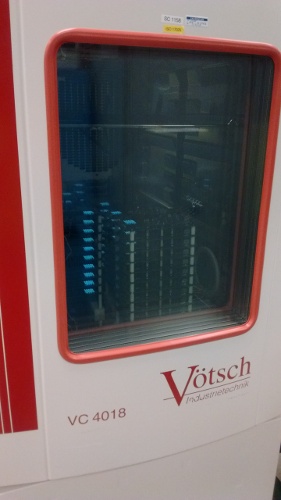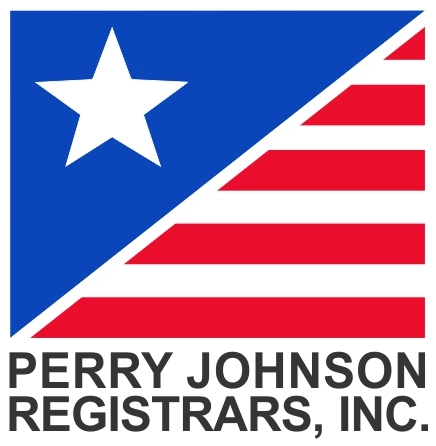Temperature Humidity Testing
Temperature humidity testing is useful in evaluating the performance of electronic, plastic and metal products in humid environments. High temperature and humidity are often the root cause of product failures because they accelerate corrosion, the wear of moving parts and the diffusion of moisture through moldings.
The high vapor pressure on the test samples constitutes the ‘force’ behind the moisture migration and penetration. The moisture penetration into packaging materials results in swelling, which in turn compromises their functional utility through increased wire-bond tension, wafer chip delamination and subtle changes in the properties of the packaging material.
Temperature Humidity
The temperature humidity test is also commonly referred to as ‘damp heat’ testing or ‘85/85′ testing (the most used condition). During these tests, samples are subjected to temperature-humidity stress for periods of 100, 500, 1,000 hours or more and humidity levels from 10 to 98%RH. For extended test durations, such as 1,000 hours, samples may be removed from the humidity test chamber for interim electrical testing and inspection at customer designated intervals. Oneida Research Services has the capability to perform humidity corrosion tests for all common temperature-humidity combinations.
Temperature humidity test standards include MIL-STD-202 Method 103B and GR-468-CORE.
Temperature Humidity Bias (THB)
Temperature humidity bias testing adds electrical bias to the stress to more readily detect electro-corrosion which can occur in the presence of ionic contamination. Applying electrical bias is designed to better simulate the conditions the device faces in its real-life applications. This process further accelerates the various failure modes, therefore predicting design failure in a reduced time frame. Humidity bias testing is normally limited to a maximum of 100 volts and low/negligible power dissipation since self-heating of the device from Joule heating will negate the effects of humidity on the intended process.
For the temperature humidity bias test, standards include, but are not limited to, MIL-STD-202 Method 103 and JESD22-A101. At ORS, we have the capability to conduct a wide range of temperature- humidity-voltage conditions while providing a source of current or voltage to the devices-under-test (DUT). Real-time per-device monitoring is also available during this test and this data can be recorded at any interval (minutes to hours) and provided to the customer at any desired time (hours or days). Because all test setups are custom designed, thermal runaway never occurs. This makes failure mode evaluation, if necessary, simpler and easier.
Oneida Research Services also offers H3TRB Temp Humid Reverse Bias testing (HTRB) and Cycled THB using the latest humidity testing equipment.
- Test Specifications / Standards
- MIL-STD-202 Method 103
- MIL-STD-202 Method 103B
- MIL-STD-750 Method 1021
- JESD22-A101
- GR-468-CORE




